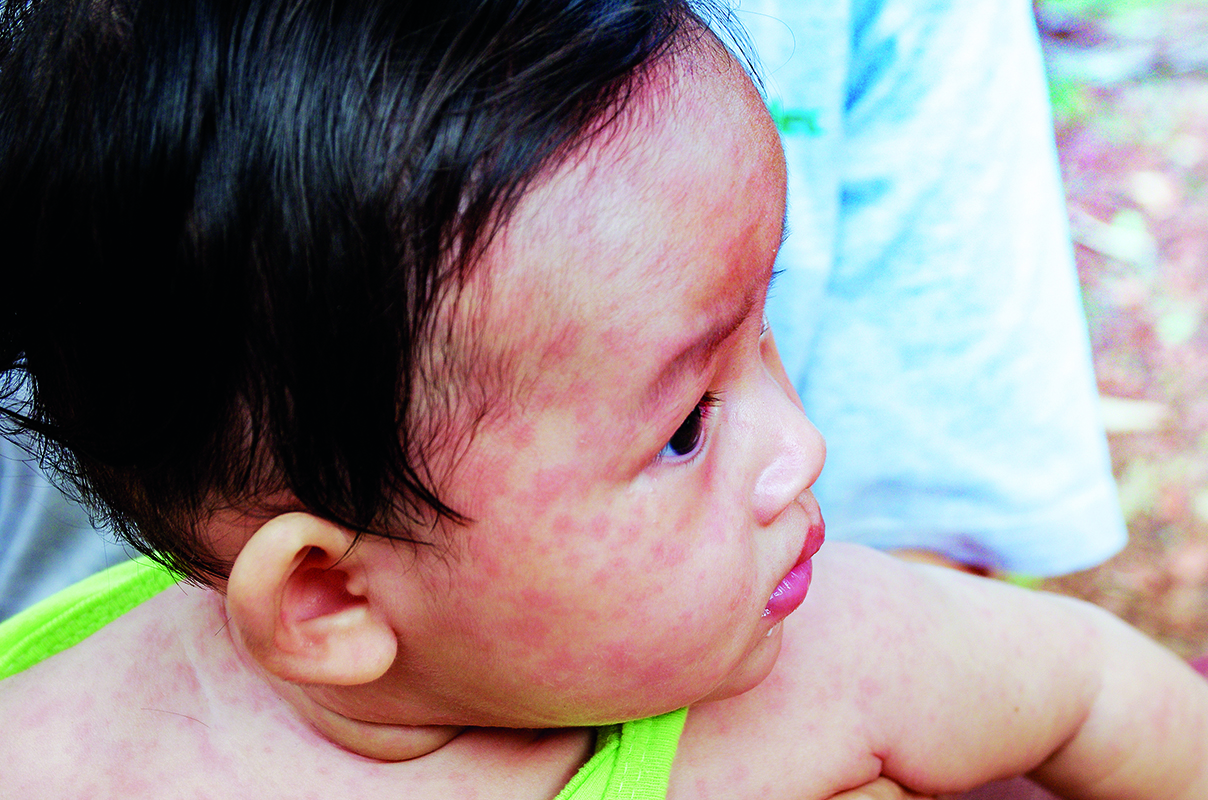Avoiding Measles Here and Abroad

If you (or your child) haven't been vaccinated for measles, health experts strongly recommend getting immunized, especially if you are planning to travel overseas.
Measles is considered one of the most contagious—and preventable—diseases. And yet, despite the availability of a vaccine proven to be safe and effective, about 10 million people worldwide get measles each year. About 110,000 of them die, including many children under 5.
“If you’re around someone with measles and are unvaccinated, it’s extremely likely that you will be infected,” says physician Jesse Waggoner at Emory TravelWell Center.
The U.S. has experienced a serious increase in measles cases this year. In 2018, the Centers for Disease Control and Prevention reported a total of 372 cases. As of mid-June 2019, there were 1,044 cases, the highest number since 1992. This upward trend is concerning, given that measles was declared eliminated in the U.S. in 2000. Why the spike in cases this year? “We have a large unvaccinated population brought about by the controversy surrounding the safety of vaccines,” Waggoner says. “We’ve seen a large number of outbreaks around the world, and people who are exposed while traveling can bring measles back home. To maintain immunity on a population level, we need vaccination coverage of around 90 percent. There are pockets well below that threshold.”
In April, a young woman in California was confirmed to have measles shortly after attending a late-night movie and exposing everyone in the theater. In June, an Atlanta resident was confirmed to have measles—the seventh case in Georgia this year. Both had recently returned from countries where measles occurred and were unvaccinated against the disease.
The MMR vaccine—for measles, mumps, and rubella (German measles)—became part of the childhood immunization regimen in the U.S. in 1963. Before this, 3 million to 4 million people a year got measles in the U.S., with 400 to 500 deaths. Caused by a virus that lives in the nose and throat, measles infects easily.
Coughing and sneezing spread the virus, which can remain in the air for two hours. Symptoms include high fever, cough, runny nose, watery eyes, and red itchy spots that spread from head to feet three to five days after symptoms appear.
The disease is contagious several days before and after the rash appears. Treatment includes rest, drinking fluids, and using a humidifier. “Most of the U.S. population has forgotten about measles,” says Waggoner. “They don’t know what it was like and how serious it can be.”
Related
- "Emory Global Health Institute holds forum on U.S. measles outbreak" (8/30/2019)
- "Substantial proportion of U.S. measles cases were in those intentionally unvaccinated" (3/16/2016)





